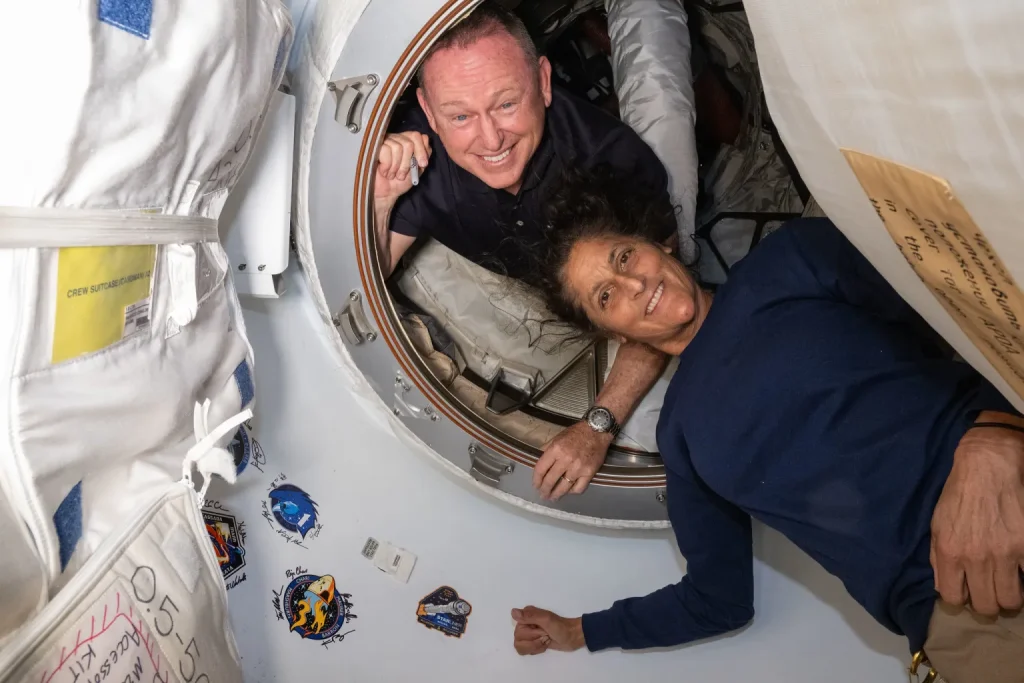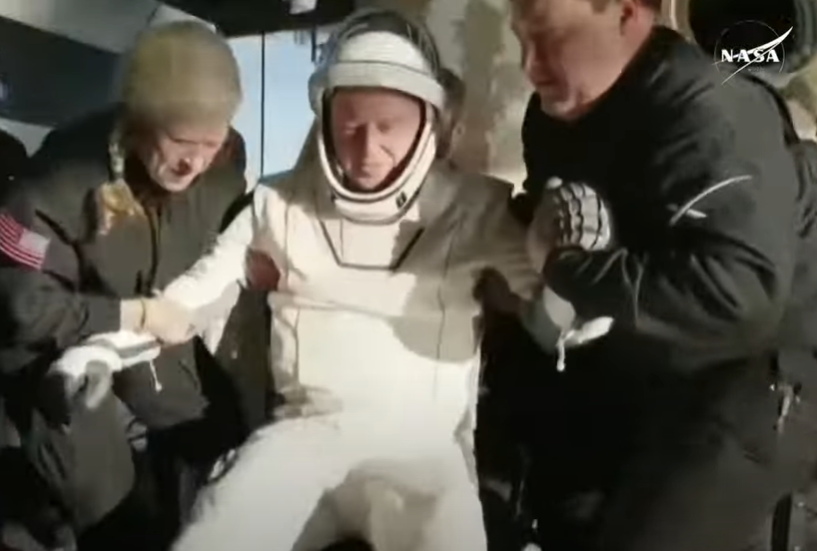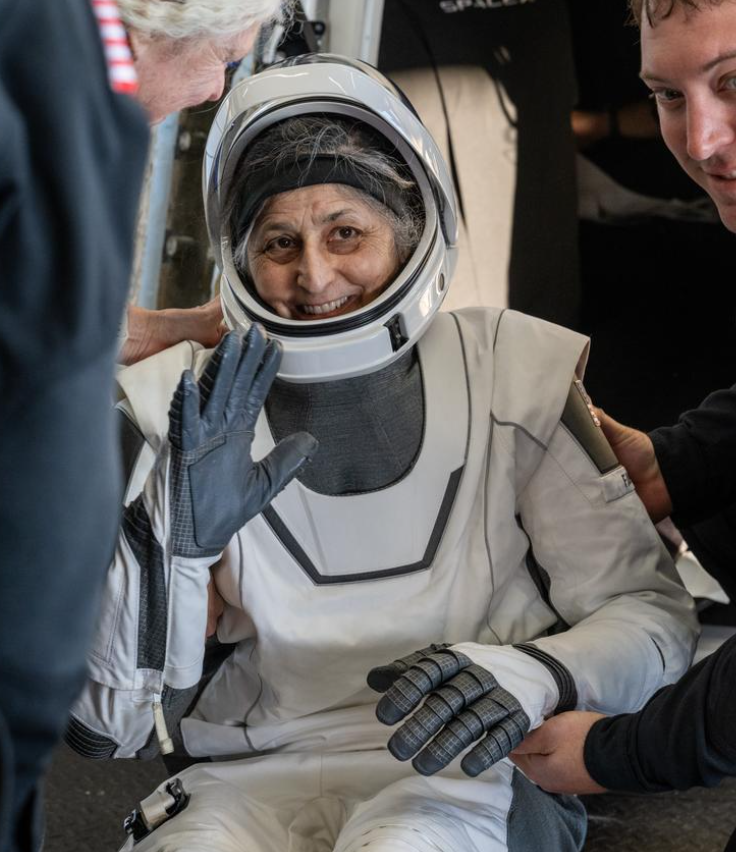Before and After Photos of NASA’s Astronauts Will Drop Your Jaw!

© NASA
Space missions are a remarkable journey that tests both the physical and mental endurance of astronauts. As they spend months or even years in space, their bodies experience significant changes.
The physical toll of extended time in space can be seen clearly in “before and after” photos of astronauts. These transformations highlight how being stranded in space can affect their appearance and health.

Before and After Transformation of NASA’s Astronauts
The Impact of Long-Term Space Travel on the Body
Astronauts face many challenges during their time in space, where gravity has a diminished effect on their bodies. This can lead to muscle atrophy and bone density loss. Without the usual force of gravity pulling on their bodies, astronauts often experience weakness in their muscles and bones. This is why many astronauts undergo extensive training before their missions to prepare their bodies for the lack of gravity.

One of the most noticeable changes is the astronauts’ faces. Without gravity pulling their skin down, they often appear puffier, especially around the eyes and cheeks. This swelling can last for some time after they return to Earth as their bodies readjust to gravity.

Visible Changes in Astronauts’ Physical Appearance
Before leaving for space, astronauts generally maintain a fit and healthy physique. However, once they return after a mission, the effects of their time in space become visible. For example, the once-toned muscles can appear weaker, and their skin may show signs of having been exposed to zero gravity.
Many astronauts also face challenges with their posture. The absence of gravity means they don’t need to use muscles to stand or sit up straight, and as a result, their bodies can become more slouched. After their return, astronauts typically require physiotherapy and rehabilitation to regain strength and posture.

Psychological Effects of Being in Space
In addition to physical changes, astronauts also experience psychological impacts. Being away from Earth for extended periods can lead to feelings of isolation, stress, and even depression. Living in the confined space of a spacecraft or space station means that astronauts have little personal space or freedom, which can affect their mental health.

NASA recognizes the importance of mental well-being and provides astronauts with various tools to manage stress. These include communication with family and friends, psychological support, and even entertainment options like movies and video games to keep morale high during long missions.

Recovering After Space Missions
After astronauts return to Earth, their recovery process begins. This includes not only physical rehabilitation but also psychological support. The physical recovery can take weeks or even months, as their bodies must readjust to the Earth’s gravity.
Physical therapy is essential to rebuild lost muscle mass and bone density. In addition to working on strength, astronauts also need to focus on their cardiovascular health, as the lack of gravity in space makes it harder to maintain good circulation.
Read also: What Do Astronauts Go Through After Long Space Missions?


